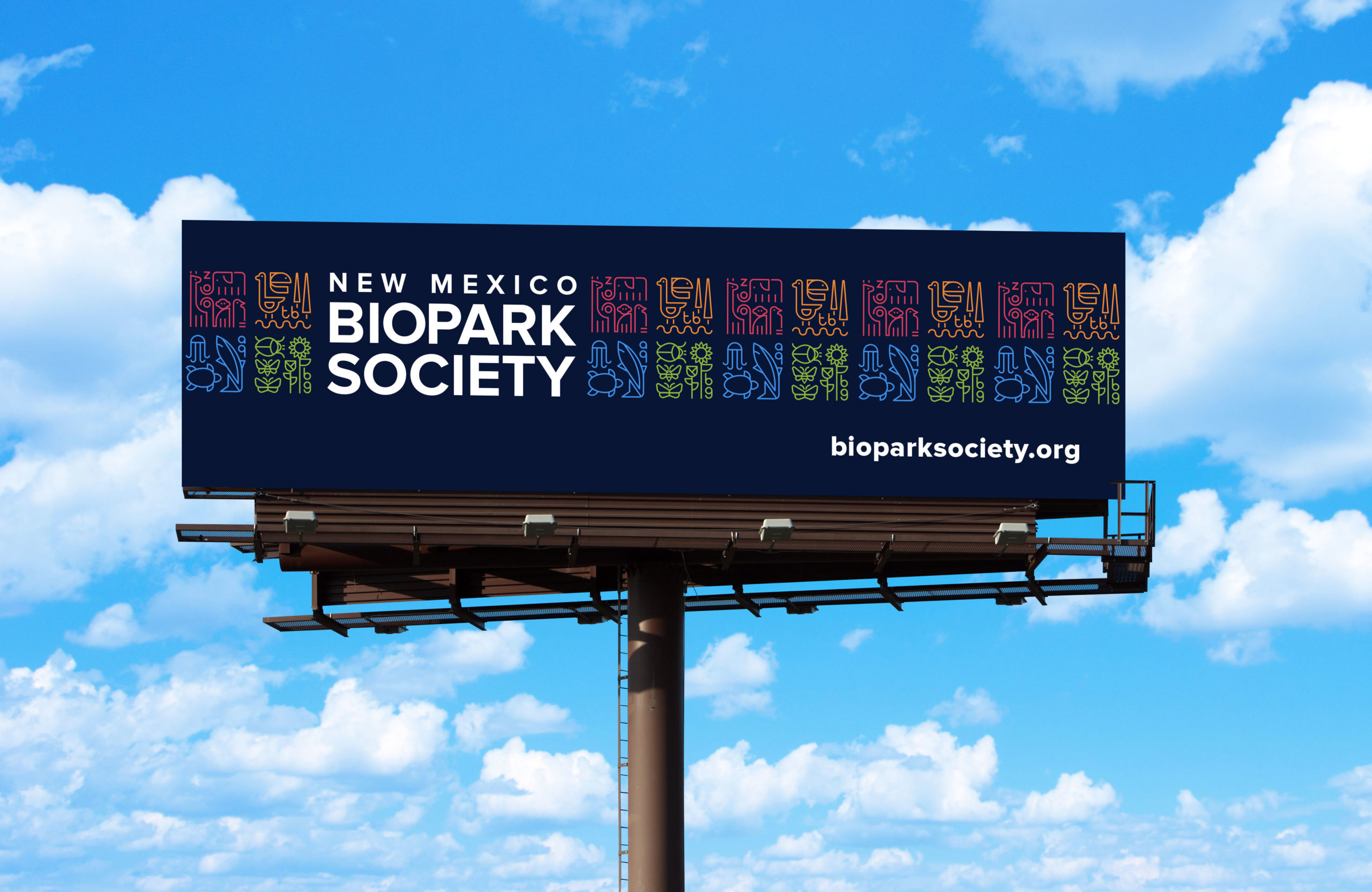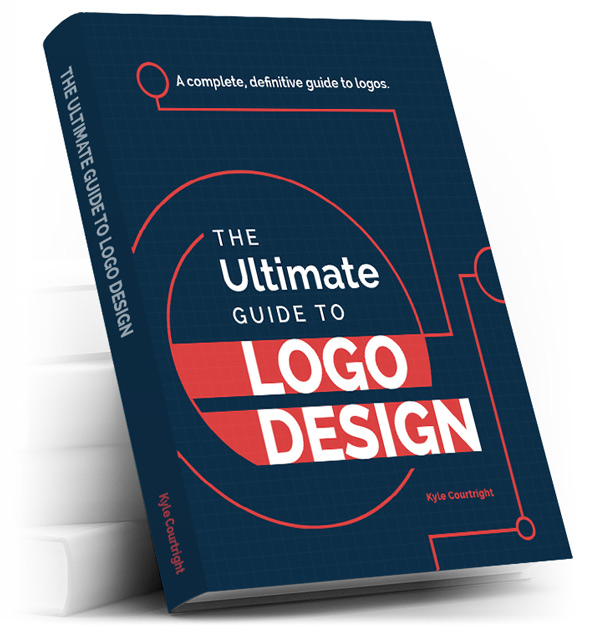By Kyle Courtright, Brand Identity Designer
There’s a lot of jargon in the design industry. It can be difficult to understand the differences some of these terms like: branding, identity design, and logos. To add to the ambiguity, you have designers maintaining titles like Brand Identity Designer, Brand Designer, Graphic Designer, Visual Designer, and just plain “Designer”.
This comprehensive guide has everything you need to make sense of it all.
Everywhere you look, businesses, trade journals, and blogs use these terms differently. Some brands will refer to their logo as their “brand,” while others will refer to branding and identity design as being one in the same. This can make understanding the differences a true headache!
I specialize in branding and identity design, and I want to ensure people know the differences between these terms and why it matters. This helps me provide my own client base with high quality design product and ensures effective, efficient communication.
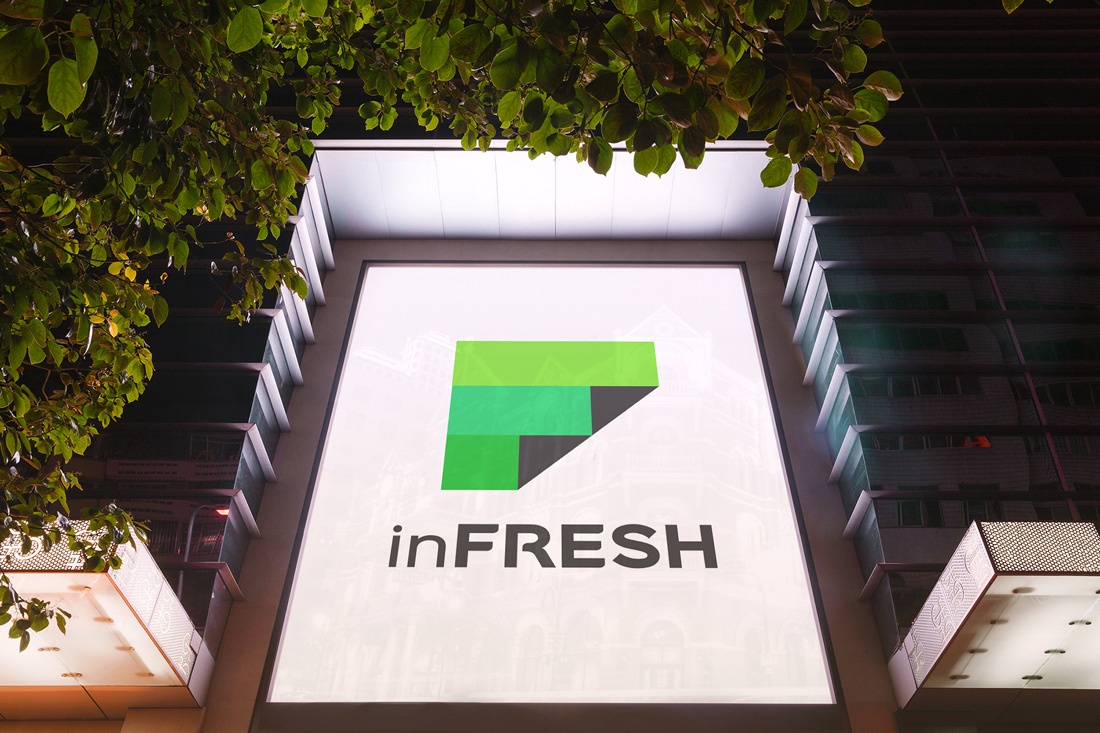
inFresh Financial Brand Identity – Crafted by Courtright Design
Branding
A brand is how customers and the general public perceive a company or organization. A brand is what goes through the mind of your customers whenever they think about your company, products, or services. It’s more than a logo, colors, or design. It’s a combination of your reputation, values, and how you serve your customers.
So how does a brand form? What even makes a brand? A news headline about your organization could shape it, or it could be formed in a customer’s mind based on a story they heard from one of their friends.
One of the most legendary marketers of all time, Seth Godin, defined branding as follows:
“A brand is the set of expectations, memories, stories and relationships that, taken together, account for a customer’s decision to choose one product, or service, over another. If the consumer (whether it’s a business, a buyer, a voter or a donor) doesn’t want to pay a premium, make a selection or spread the word, then no brand value exists for that customer.”
Anything that the customer thinks of when they think of your company is a part of your brand. It includes your logo, brand colors, and even the smell inside your business.
Your brand is your customer’s perception of you and your company.
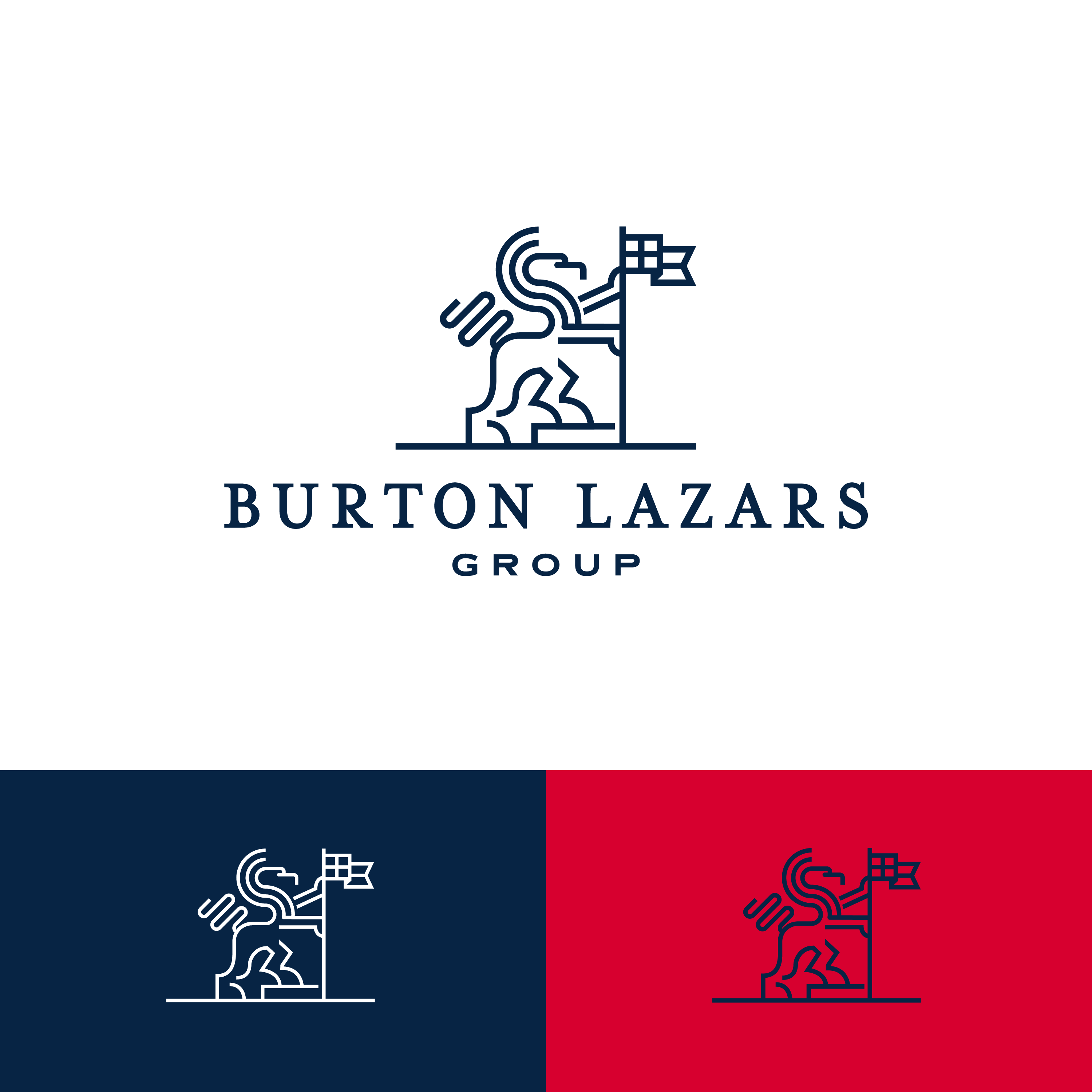
Burton Lazars Group Logo Identity – Crafted by Courtright Design
The act of “branding” is the conscious effort to change and enhance how customers view your company. While much of this is outside of your control, you do have some ability to sway how your branding is perceived. This is why efficient branding design can be key to your long-term retention and growth.
Let’s take a look at a massive company like Apple. If you look across their commercials, packaging, live events, products, and communications, you begin to see that their overall messaging is centered around their customers’ feelings, thoughts, attitudes, and relationships. Apple targets its customers by putting the elements their customers think about and feel, at the front and center of everything they do.
Branding does not just involve keeping your customers happy, though; it’s also about making them feel like they are a part of your company and its story.
Customers want to feel appreciated. They want to feel like you understand their needs and are grateful for what they bring to your organization.
The relationship you build with a customer is similar to the relationship you would build with a friend. It involves liking the other, getting to know them, and building trust over time. Companies that understand this principle build the strongest brands.
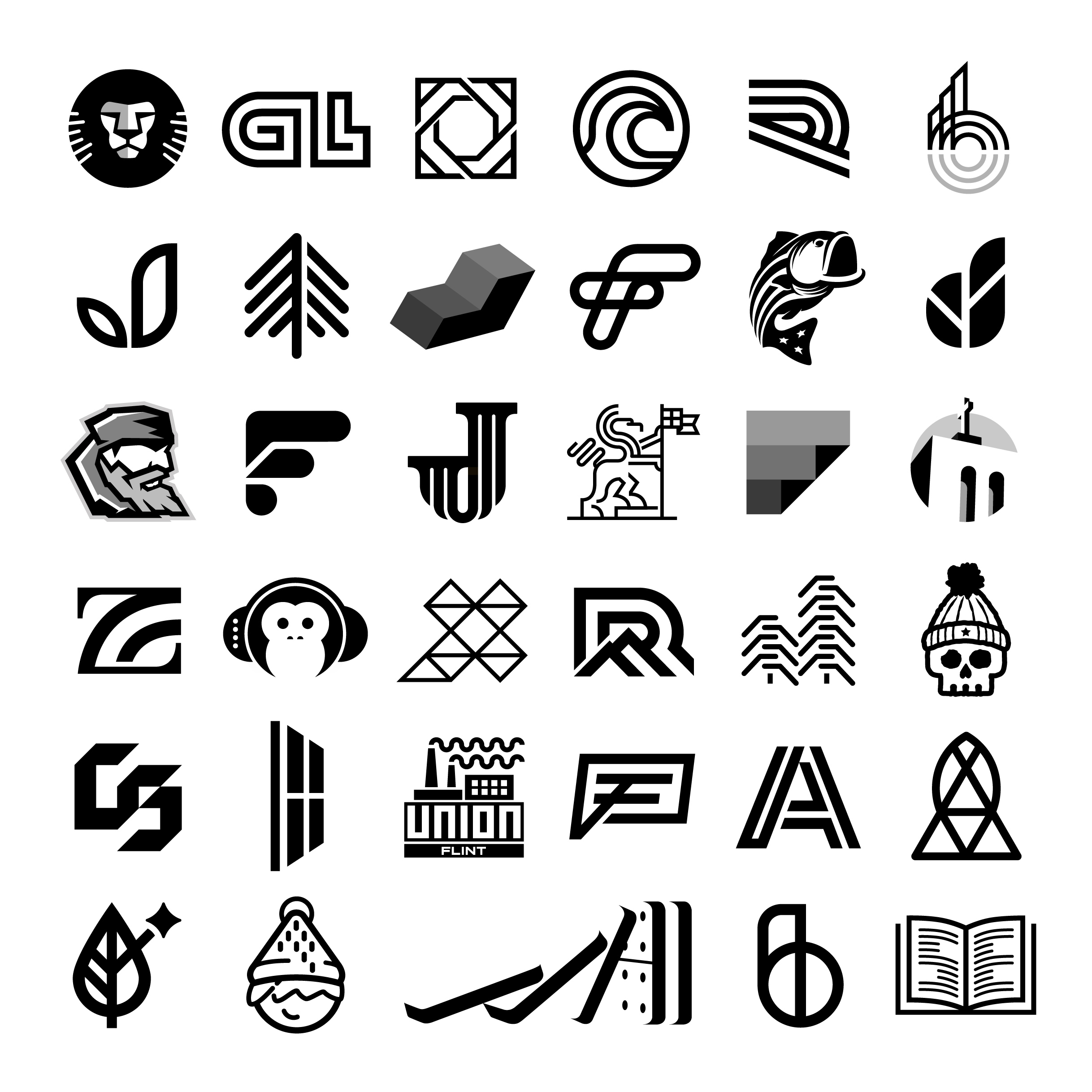
Logo Identity Compilation – Crafted by Courtright Design
Identity
Underneath the brand, we have its identity. Identity is one small part of what makes up a brand. Like with your driver’s license, your brand’s identity allows people to determine that you are who you say you are. Identity is much more tangible than branding since it can encompass many intangibles that are difficult to measure, like perceptions, opinions, and graphic design.
Identity makes up the assets that customers see when they interact with your brand. These assets permeate the core of a company’s “identity design” and include elements like your logo, website, fonts, color palette, print collateral design and packaging design, to name a few.
Many companies use what is referred to as a “brand style guide,” which is a document that guides you, your creative team and employees on what makes up the brand identity, visual design and messaging. This important document allows you and your team to create consistency in your marketing and branding that runs in step with your identity.
Logo
The Logo is the simplest of the three to categorize. It is a symbol, mark, or icon that represents and identifies your brand. For example, think of the iconic Nike Swoosh or the three stripes of Adidas.
A logo is often the first thing that pops into your customers’ minds when they think of you. Whenever someone sees the Mercedes logo, they likely think of luxury and high-class automobiles. Your logo acts as a trigger in customers’ minds to remind them of everything they’ve learned about your company and what it stands for.

Bitwise Office Brand Identity – Crafted by Courtright Design
Brand is a large umbrella that captures many facets of your company, how people perceive it, and what you stand for. At the same time, your logo is a quick graphic representation to help visually identify your brand. A skilled logo designer will be able to craft a logo that speaks to the heart of your brand, its values, and your audience.
When it comes to your logo, going the cheap route will do a disservice to your brand. Your logo is the most important visual representation of your business and brand. That’s why maintaining an investment investment mentality with your logo design is essential. Your logo will be the first visual mark your customers (and potential customers) have in their minds when they think of your company. Let’s make sure we get this right!
Before you have a logo designed, you need to answer a few questions about your brand:
• What message do you want to deliver?
• Who are you delivering that message to?
• What are the demographics of your audience?
• What is their age range, gender, and location?
• What avenues will you use for marketing your brand?
Once you have the answers to these questions, a quality brand identity designer will bring your vision to life and craft a logo and visual identity that will resonate with and attract customers.
Why Work With A Brand Identity Designer
In the modern digital economy, it’s essential to work with a reputable brand identity designer or graphic designer. These designers specialize in creating all of the visual elements of your brand’s design to bring your brand identity to life. It’s easy to think that a brand is just a series of pictures. But why do some brands’ logos and colors immediately evoke an emotional response that causes their customers to buy their products or services?
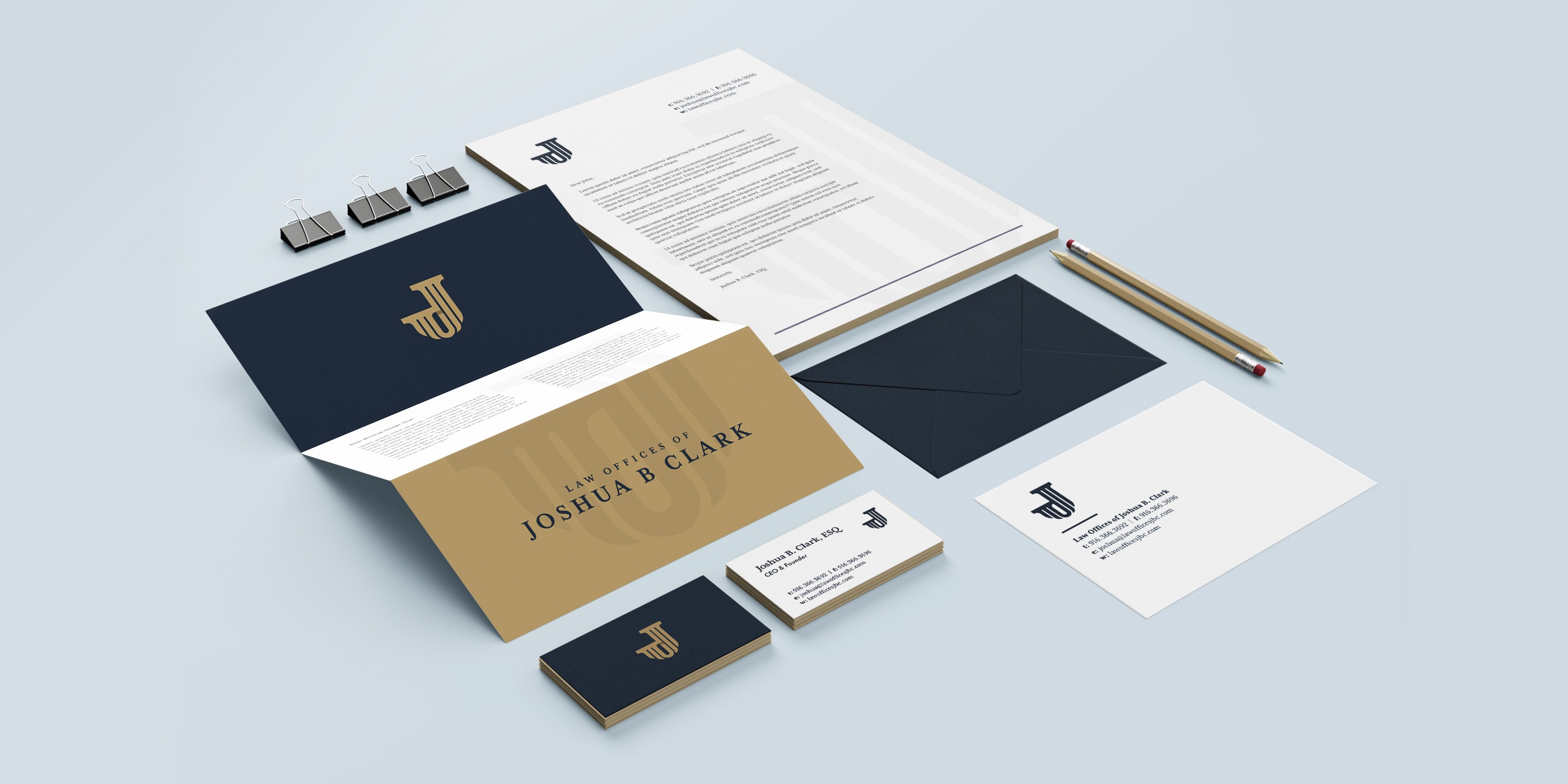
Joshua B. Clark Brand Identity – Crafted by Courtright Design
It’s because they have utilized a skilled brand identity designer to create all their branding materials. These designers know how to tell a story with images, typography and colors. You can use their skills to visually communicate your brand identity to your ideal audience.
Do you ever have the feeling that what your brand looks and feels like doesn’t quite capture what you want your company’s identity to stand for? Do you see competitors that feel more engaging and exciting than you? You may want to consider hiring a brand identity designer.
What are the benefits that come with working with a brand identity designer?
1. Customers Are Excited To Work With You
Identity designers help create a desire within your customers. They get your customers feeling inspired to work with you just by the look and feel of your branding and marketing materials. By the time you’ve spoken with your customers, they’ve already decided they want to buy based on how you’ve visually presented yourself to the world.
2. Distinction is Everything
Quality, strategic design brings distinction. Many brands lack anything to make themselves differentiated. With the never-ending scroll of boring companies on social media, getting lost in the noise is easy. A brand identity can give you a visual identity that will stick out and never be forgotten.
3. Professionalism
If you want to give the appearance of being the top option in your industry, hiring an identity designer will be the best investment you ever make. Nothing says professionalism like a strong visual identity.
4. Building Your Tribe
What would it feel like to have a tribe of devoted fans for your brand? A talented brand identity designer will recommend a design package that will help customers not only like your company, but become active supporters and advocates for your brand.
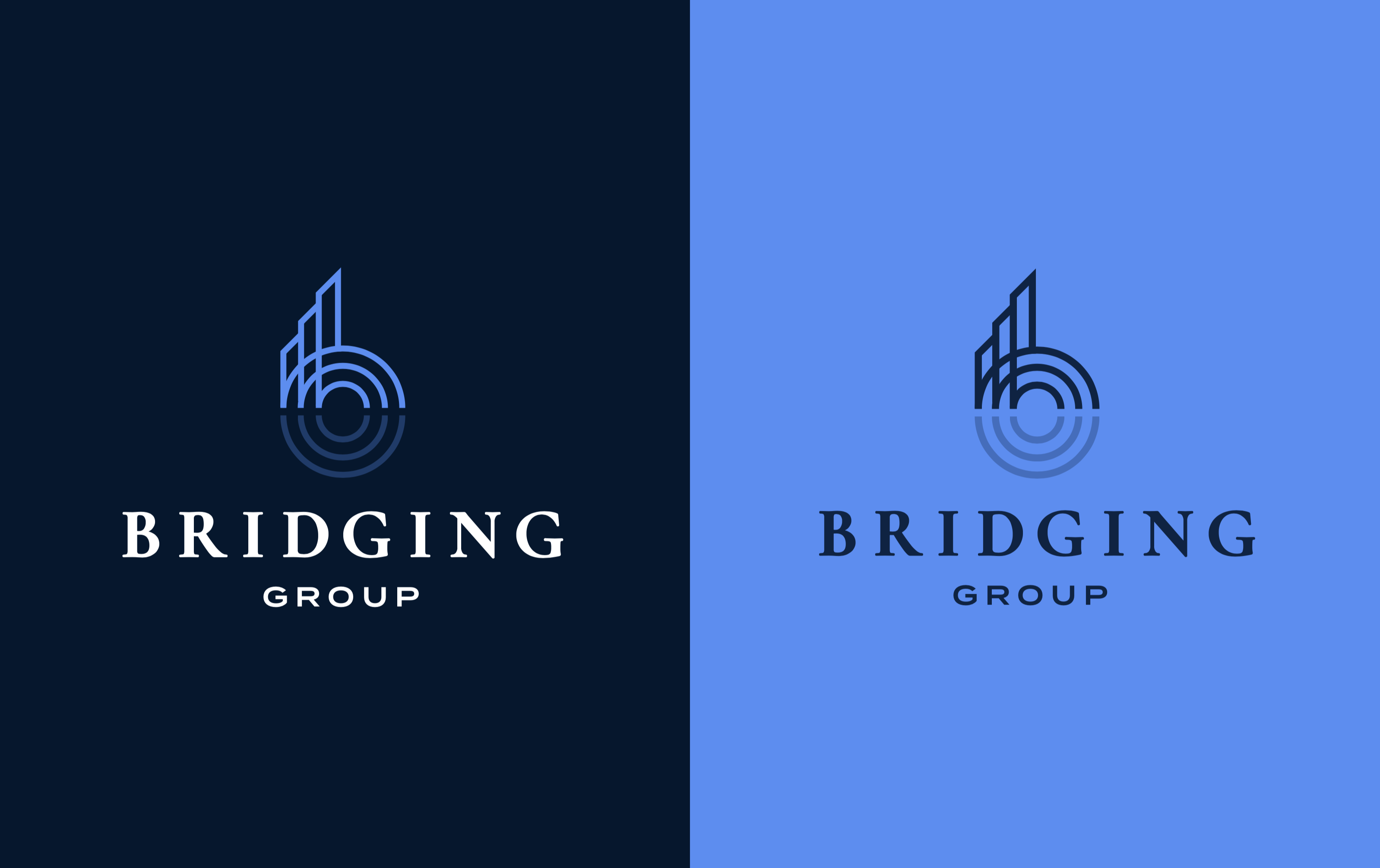
Bridging Group Logo Identity – Crafted by Courtright Design
An effective, memorable visual identity gives your customer base something of substance to latch on to and identify with. It gives your brand something that customers can relate to and form a bond with. Establishing sound branding and identity design lays the foundation for your company, establishing a lasting connection with your audience to help retain them as customers.
5. Mission Driven + Quality Design Solutions = Success
There’s an enormous amount of thought and consideration that goes into creating these visual assets. Your visual brand helps strategically communicate the meaning of your brand. What your brand stands for and believes. By using a high quality brand identity designer, you’ll be able to more effectively communicate your brand’s meaning across every asset and medium.
Your potential customers will begin to understand that there is more to your business. Instead, they’ll see you as a company with a mission and objective. One that they will want to be a part of. When people begin to feel this way about your brand, they will move from onlookers to customers, and customers to fans who actively spread the news about your company.
6. Utilizing Emotion
Regardless of who your customers are, there will be a particular image and emotions you’re trying to convey. For example, you may want to express yourself as edgy, rebellious, and going against the grain. Conversely, you may want to convey a trustworthy, friendly, and professional brand.
It all depends on the identity of your customers and the type of messaging they will resonate with. If you create a generic brand that stands for nothing, your customers won’t be able to latch on.

Logo Identity Compilation – Crafted by Courtright Design
What do you need to get started with building a brand identity?
One of the first things you’ll need to develop is a brand persona. This is a customer identity that represents your ideal customer. Many companies utilize multiple brand personas. Here are some questions you can ask to get started:
• Where do they live? What do they do for fun?
• What do these customers want? What is their motivation? What gets on their nerves? What’s most important to them?
• What do they like and dislike about other brands similar to your own?
• Create a strong visual identity for each persona. What do they look like? What are they doing daily?
• Build connections to these people. How will they find you? Where do they hang out online? What social networks are they on? How will they access your website or products/services?
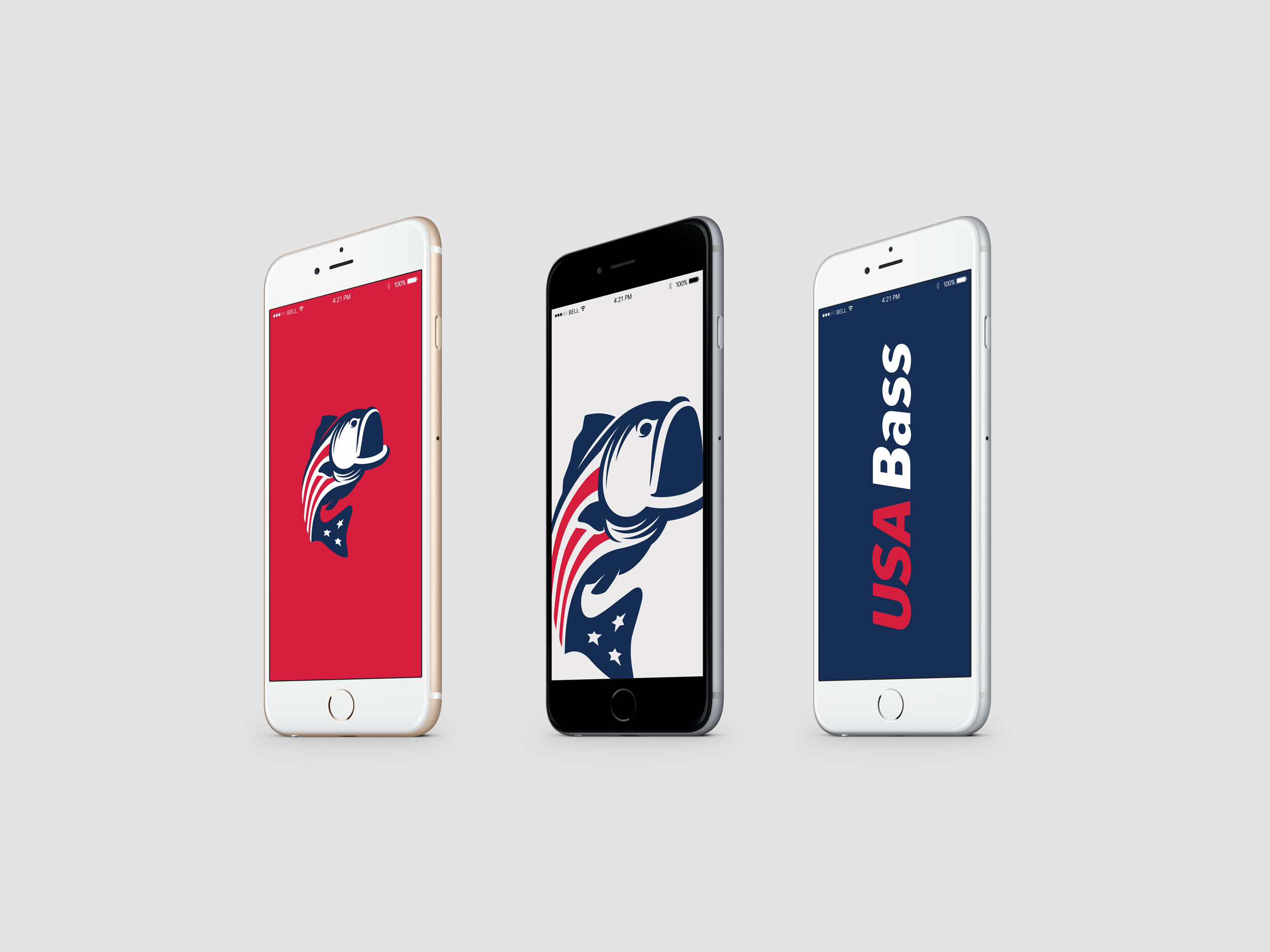
USA Bass Logo Identity – Crafted by Courtright Design
Once you have an ideal brand persona, you’ll have a much easier time knowing the overall direction to take your logo. As you develop this persona, you’ll get a clearer idea of what type of brand identity would be best for your company.
At this point, it’s important to start a conversation with a talented brand identity designer. With the use of your ideal brand persona and the image, messaging, and meaning your company wants to convey; they’ll hop on a call with you to discuss your brand and the right visual avenues to pursue.
With a crafted vision for your business, a brand identity designer will be able to take the reins and visually capture the messaging and meaning for your ideal customer. Courtright Design is an award-winning brand identity design company. We would love to hop on a complimentary Discovery Call to learn more about your brand and chat about your next design project. Reach out via our contact form today to schedule out a call. We’re excited to meet you and chat about taking your brand identity to the next level!

